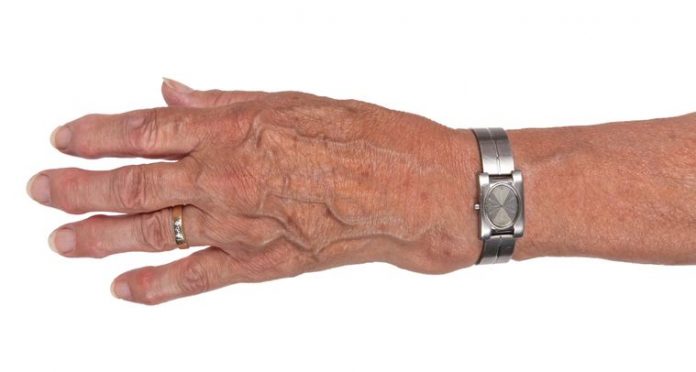The conservative medical community tends to treat arthritis with painkillers and exercise.
This is because these drug therapies have been around for at least fifty years and surgery has a fairly high success rate, while many other remedies like dietary supplements are relative newcomers to the scene.
The only trouble with traditional treatment is that many painkillers can actually worsen the disease, while still masking the symptoms by providing pain relief.
Many drugs prescribed for arthritis pain can upset the stomach causing nausea and diarrhea.
If the wall of the gut becomes compromised due to the action of these drugs or for any other reason it can allow antigens to leak into the system enter the bloodstream and end up in a joint.
Once there, they will trigger an attack by the white blood cells that are the bodys defense system.
The trouble is this causes more pain and inflammation as the white blood cells release prostaglandins and leukotrienes in an attempt to dispose of the enemy.
They also release digestive enzymes to dispose of bacteria, but these often begin to attack and digest the actual cartilage, bone, ligament and muscle that are supposed to be saved.
This can then become a chronic problem, which is what happens in RA (rheumatoid arthritis) especially.
Other drugs like aspirin rob the body of essential vitamins especially the B group – and minerals.
Loss of these bodybuilding nutrients can cause the very same symptoms that arthritis causes.
That is, pain and inflammation due to the breakdown of cartilage, bone and other important tissues.
Non-steroid anti-inflammatory drugs like indomethicin (Indocid) and ibuprofen and others, give pain relief and reduce joint swelling, but cause stomach problems with long-term use, while the Cox 2 inhibitors like celecoxib (Celebrex) while safer for the stomach, may cause cardiovascular problems.
Steroid medication causes a loss of potassium, but retention of sodium, while penicillamine, often used to treat RA, causes a lack of copper.
Gout, the only form of arthritis scientifically shown to have a direct link to diet, is often treated with colchicine, which can cause a loss of vitamin B12. One long-term effect of steroid use is osteoporosis.
To prevent this and other problems, steroids such as cortisone can be injected into the painful joint.
Disease-modifying and immunosuppressive drugs are sometimes given, but they have serious side effects too, so must be closely monitored.
Some of these include: – gold, by injection or orally, methotrexate (Matrex), and anti-malarial drugs to name just a few.
When drugs don’t seem to work, or the side effects are too serious, doctors may suggest surgery.
Knee and hip replacements seem to be the flavor of the month and the success rate is about 95%, with most patients becoming pain-free.
Replaced joint can last for up to fifteen years and when they start to give trouble can be replaced.
There are a few unfortunates for whom the operation is not successful and the artificial joint must be removed. They are then left in a more debilitating condition than they started with.
There are other surgery options like removing inflamed joint cavity linings, repairing damaged tendons or removing them completely.
It is also possible to remove part of a bone that is causing pain, release trapped nerves, or fuse a joint to make it more stable.
Always make sure that any proposed surgery, or other treatment is discussed thoroughly with your health care provider, so that you know exactly what risks are involved.

